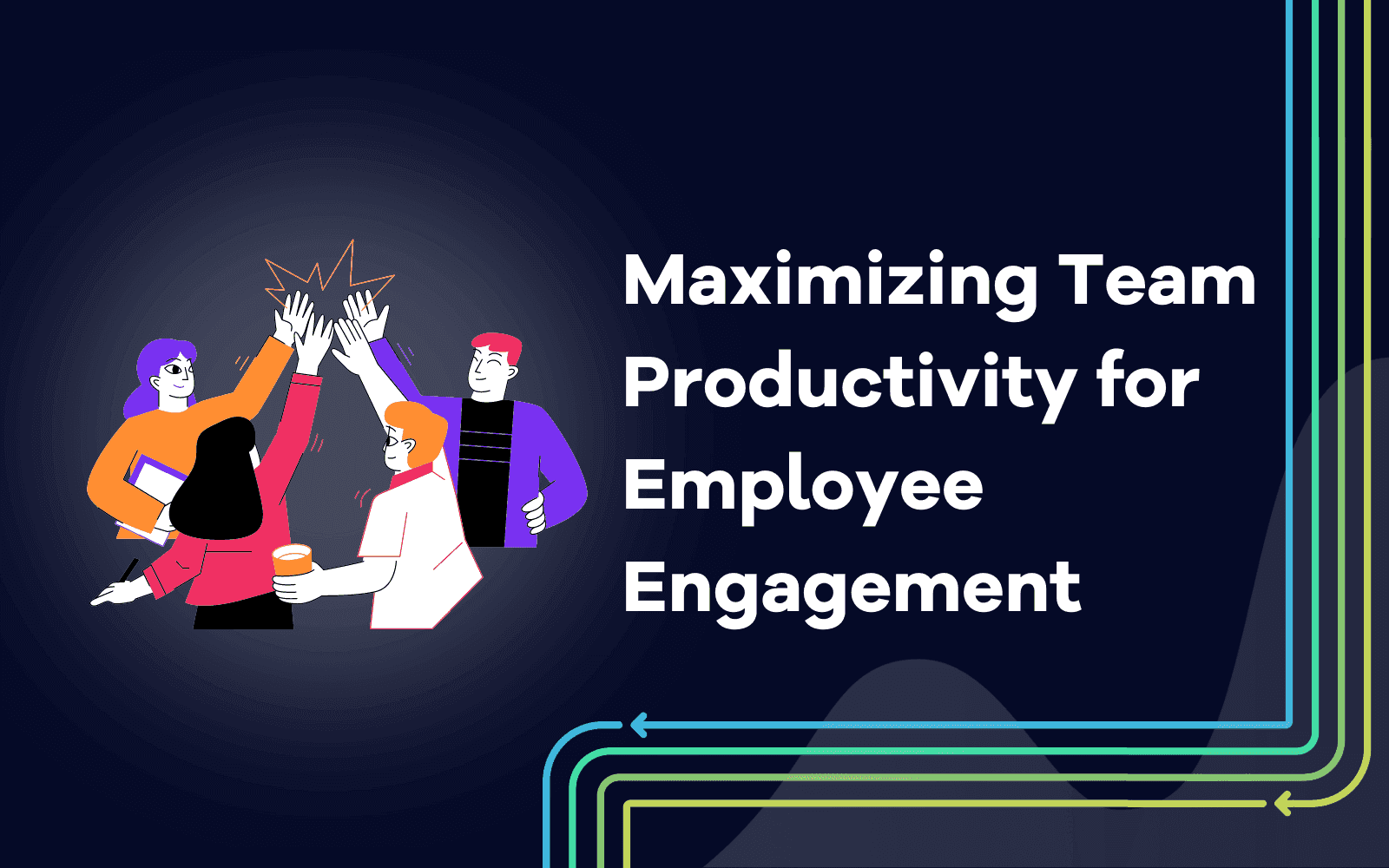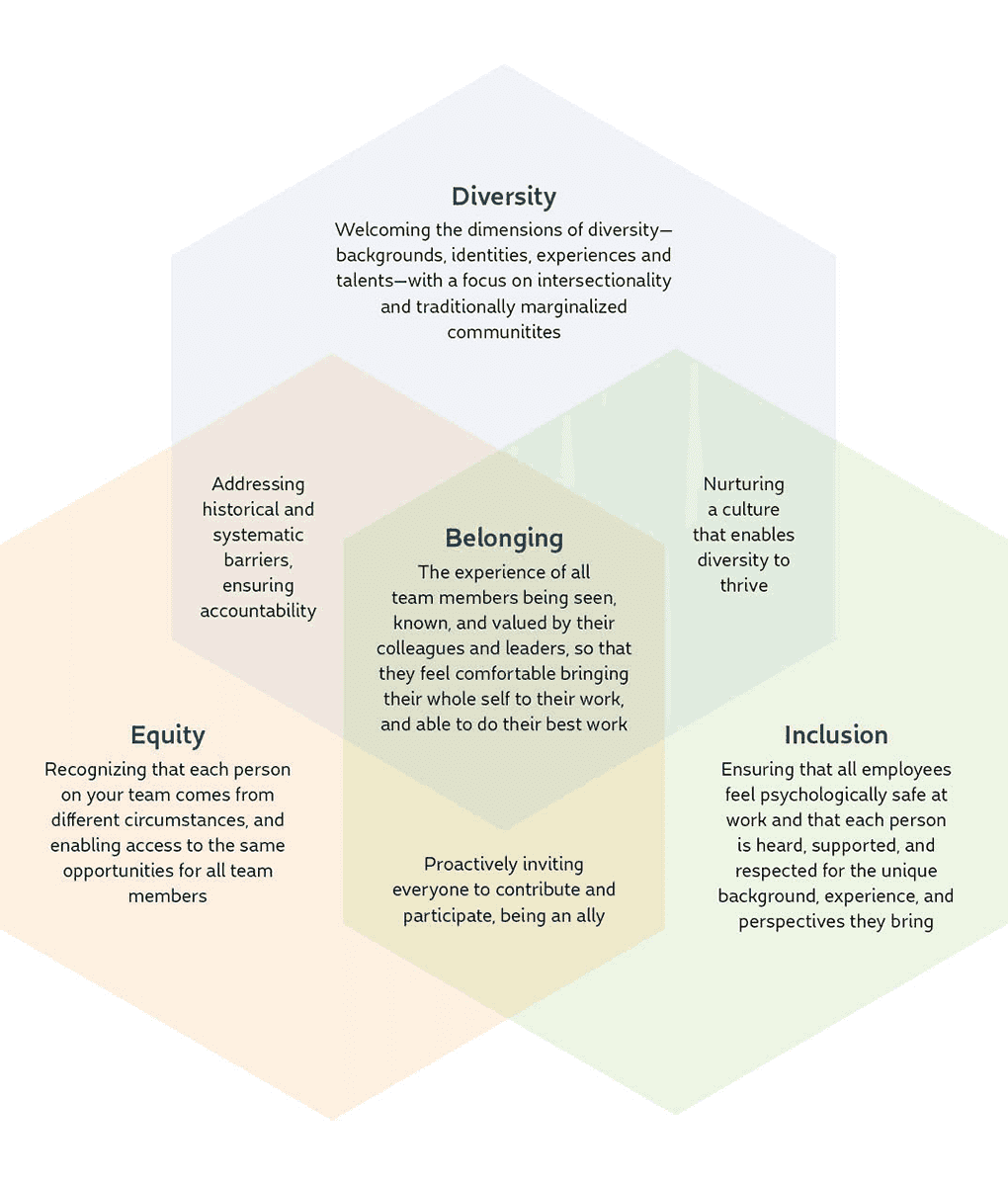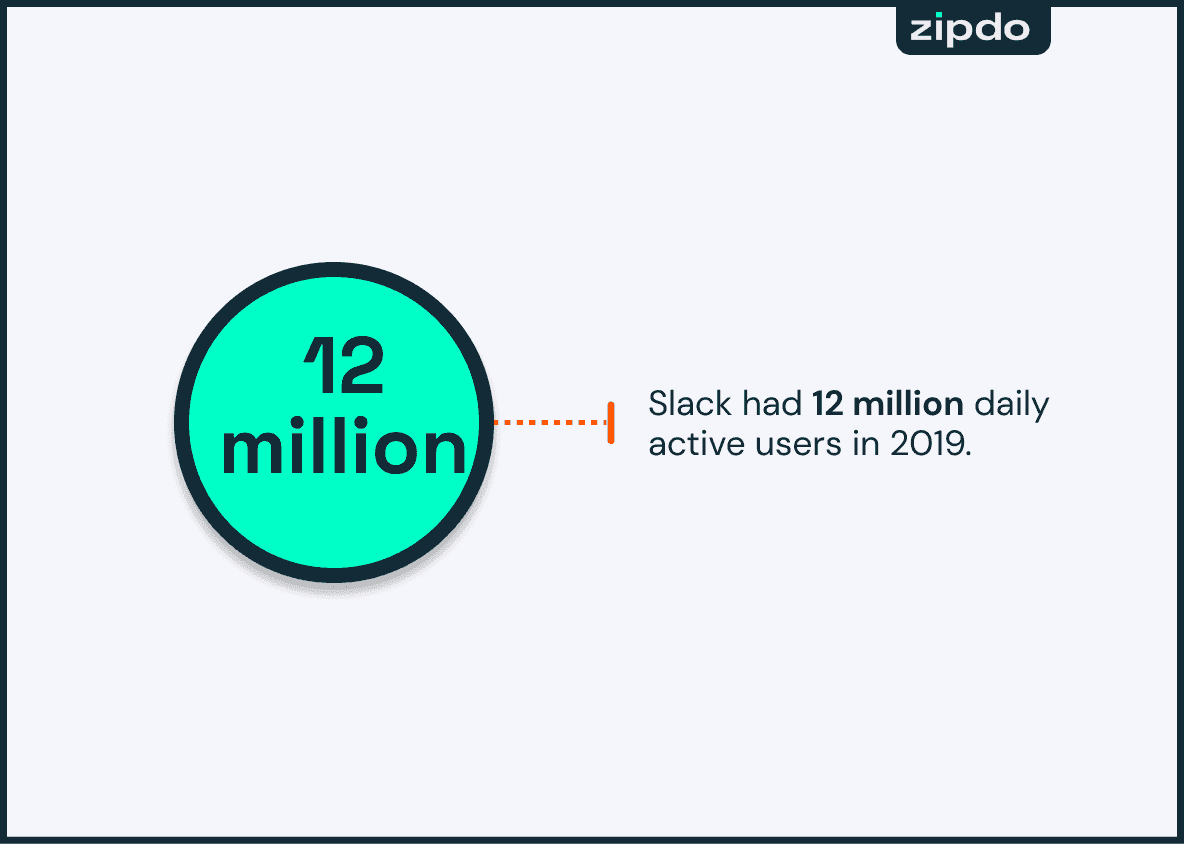Maximizing Team Productivity: Leveraging AccuRanker Insights for Employee Engagement
Last updated on Tuesday, February 27, 2024

In organizations, 86% of employees and executives blame poor communication for their failures. This means that to unlock your team’s full potential, you need excellent communication. But it’s not as easy as it seems. True communication flourishes only when employee engagement goes beyond job obligations and transforms into a vibrant display of dedication and enthusiasm for their roles and work environment.
When there is no communication, the workplace tends to become an untrustworthy environment. Despite the fact that your team might be excellent at their jobs, without communication, the reliability they have on each other is absent. That's troubling, isn't it?
Well, here's the kicker: communication isn’t a one-way street. It goes both ways. Just as you want your team to be constantly interacting with each other, they are silently looking up to you to be a part of the conversation. Yet, this is just the tip of the iceberg. There is more statistical evidence for all of these claims. In this article, I have discussed a few research-backed insights that you can leverage to maximize team productivity through employee engagement.
So, let's delve deeper.
More Engagement Means Less Absenteeism
On the surface, employee engagement might just sound like a corporate buzzword, but a Forbes study reveals that professional teams that are in the top 20% of employee engagement witness a 41% reduction in absenteeism. Yes, you read that right—a nearly half reduction in absenteeism.
But that's not all. The study goes on to reveal another insight: businesses that cultivate a culture of high employee engagement have notched up a staggering 43% difference in turnover. This proves that "employee engagement" is not just a metric—it's a game changer for productivity.
Employee Engagement Results in More Sales and Profitability
Organizations with high engagement benefit from 10% higher customer ratings and 18% higher sales. Moreover, the organizations where engagement is more than a policy—it's a way of life—revel in a surprising 23% difference in profitability.
This means that the cost of actively disengaged employees globally, according to Gallup, turns out to be a whopping $350 billion annually.
That's right, disengagement isn't just a mood-killer; it's a budget-buster.

Source: Interact
Well-Connected Employees are More Productive
A report by Connected Culture shows a powerful linkage between well-connected employees and productivity. In this study, around 71% of employees who stayed in touch with each other expressed higher levels of productivity.
A McKinsey report supports this theory. It reveals that teams well-connected with each other experience a productivity increase of 20 to 25 percent.
If you are not aware of these benefits, you're simply missing out.
Communication Goes a Long Way to Show Respect
In the workplace, a currency as important as paychecks is respect.
The spotlight here is on the upper levels of management, mainly on the team leads, where “thank you” and “good work” are not sufficient to keep employees motivated. Communication should transcend transactional gestures and transform into genuine regard for the workforce.
In an employee engagement survey, 75% of frontline workers reported that they would rather receive respect than be thanked. This number is stronger in ethnic minorities, so diversity clearly plays a role here.

Source: Blue Beyond
In a Gallup study, we see a direct link between respect and work performance. The data records that 95% of individuals thriving at work attributed their success to one common denominator – they were treated with respect.
It might not be really obvious, but in the workplace, respect is crucial.
Feedback is a Tool for Motivation
What most managers don't realize is that constant feedback isn't just a managerial duty but a significant tool for motivation and performance enhancement.
One key insight that proves this is by Oracle, where research shows that nearly 4 in 10 workers harbor doubts that their feedback will ever see the light of implementation.
Yet, amidst this skepticism, a resounding 87% of workers want their voices to be heard, emphasizing a universal belief that employers should actively listen to the needs of their workforce.
As a team lead, it’s critical for you to understand that feedback is a collaborative venture. It allows you to refine processes to make them evolve along with the people.
Remote Work Should Not Mean Less Engagement
Remote and hybrid work models continue to increase in 2024, prompting workers all around the world to report (Gallup) that they would leave their jobs in a heartbeat if they find a position in a company that allows working from home. As someone in a managerial position in a physical workplace, this is tricky for you.
But even if you are in a remote workplace, in this pivotal age, the spotlight turns to employee engagement — it can make or break your company.
Positive company culture shouldn’t be a workplace luxury. It's a secret sauce for amplifying job satisfaction and performance among remote employees. A report by McKinsey shows that remote employees who feel included in workplace communication are five times more likely to report increased productivity.
Therefore, remote work is not an excuse to sideline engagement. It's a call to elevate it. In the digital age, where the physical boundaries of the office are beginning to dissolve, the need for meaningful engagement becomes more vital than ever.
Interaction is the Key Factor to Job Success
Every employee wants to be fulfilled, happy, and satisfied with their career choice. Contrary to the misconception that employees must achieve this milestone alone, the truth is that a significant portion of their happiness depends on how profoundly they feel “valued” within the workplace.
The key to making your team feel valued and happy is to
give them proper and periodic feedback
listen to their feedback, and
act on it.
Then there's the element of respect. And all of that begins with a workplace culture that is interactive in its very foundation.
How Can Business Leaders and Managers Leverage These Insights?
Armed with these valuable insights, you are all set to take action. Here are a few ways you can do that:
#1. Ensure Regular Two-Way Communication in the Company
Establish a vibrant culture of ongoing, open communication within the company. Make sure that employees and managers are not just talking but engaging in transparent, empathetic, and frequent two-way conversations.
Recognize that each group might need a unique set of tools and features for their engagement journey. To truly be successful in your employee engagement initiatives, equip each and every team member with the tech they need to connect effectively.
This may be a long and slow process for some organizations, but speaking from experience, It's an effective one.
#2. Create a Constant Feedback Loop
Implementing a feedback loop system between employees and leadership roles isn't just about gathering and tossing feedback around; it's about unleashing a simultaneous exchange that not only captures insights but swiftly puts them into action. A system like that can do wonders for employee engagement and, consequently, team productivity.
#3. Promote Work-Life Balance
Respect, value, and due appreciation aside, you can't shy away from what your employees crucially need: A healthy work-life balance. You can make it possible by enabling remote or, at least, hybrid working models.
If that's not on the table, then flexible scheduling might do the trick. Sufficient PTOs and sick leaves go without saying. The point is not to overburden them. When your team is comfortable and happy, they tend to work more productively.
#4. Use the Right Tools and Technologies to Stay in Touch
Now that you're gearing up to take employee engagement initiatives, let's talk tools and tech that'll help you establish a connection between you and your team, regardless of their physical presence.
Communication Tools
More interactive, rapidly evolving teams distributed across a wide range of diverse locations require seamless communication and collaboration. In such a case, Slack ranks at the top. Nearly 80% of Fortune 100 companies use Slack to communicate.

Source: Zipdo
Slack allows multi-format conversation channels, seamless integration with tons of software and tools, and sharing of audio/video/screen across all devices, and frankly, a lot more that can't be listed here. You won't regret trying it.
Project Management Software
To be clear, Slack is not a project management tool; it's a communication tool. However, project management tools do have their importance to ensure that each employee is updated on every task, has access to feedback status, and can notify each other of speed bumps in the processes.
Depending on your company objectives, you have many options, including Asana, Trello, Basecamp, Notion, Jira, and more.
The nature of your industry and the kind of backlog you usually deal with can determine the best one for you. You might have to give a few of them a try before finalizing one. Free trials are your friend!
Team Meeting Platforms
A team meeting platform allows seamless communication and collaboration whether or not your colleagues are present in the office. This is crucial if remote work is something your organization is involved in.
The ideal platform? Something that can easily integrate with your calendar, can be plugged in with Slack, and also allows blending with your other tools and extensions. Google Meet is top of mind. But you only have a handful of good options to begin with, and that leaves you with Zoom and Microsoft Teams.
Luckily, they all are free initially so you can switch as you like!
So, What’s Next?
Crafting a top-notch employee engagement strategy is not an easy task. This dynamic journey changes its course with time. But it's bound to be fruitful, that's for sure.
Companies that have successfully implemented such strategies report 52% higher levels of intent to stay, while 65% of their employees are willing to recommend their employer to others.
These insights scream one thing loud and clear – if you're steering the ship, it's high time to dive into the world of employee engagement strategy today!

Article by:
Muhammad Saud
Marketing Professional
Muhammad Saud is a business student, an ex-startup founder, a marketing professional, and a versatile writer at OutpaceSEO. As a naturally curious and adaptable content creator, Saud brings engagement, optimization, and years of experience to the table.


